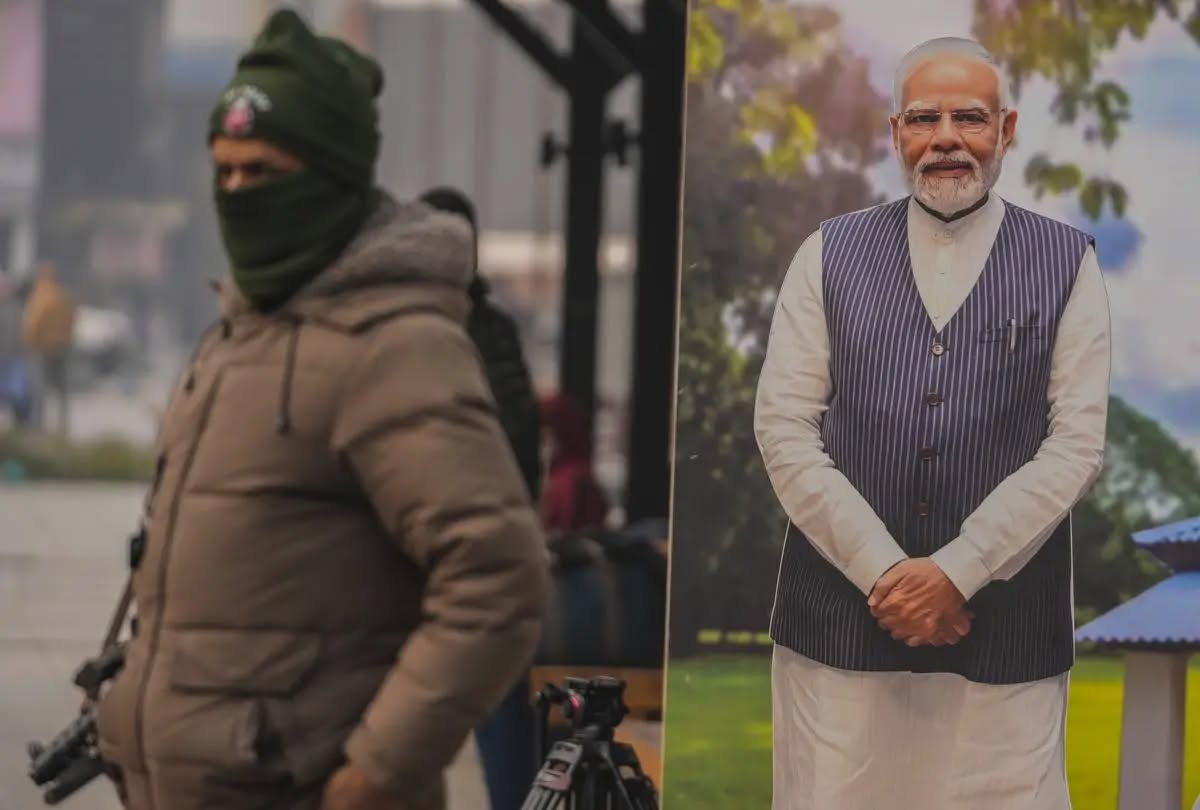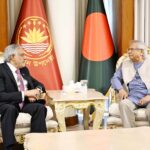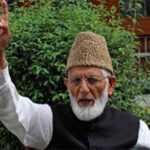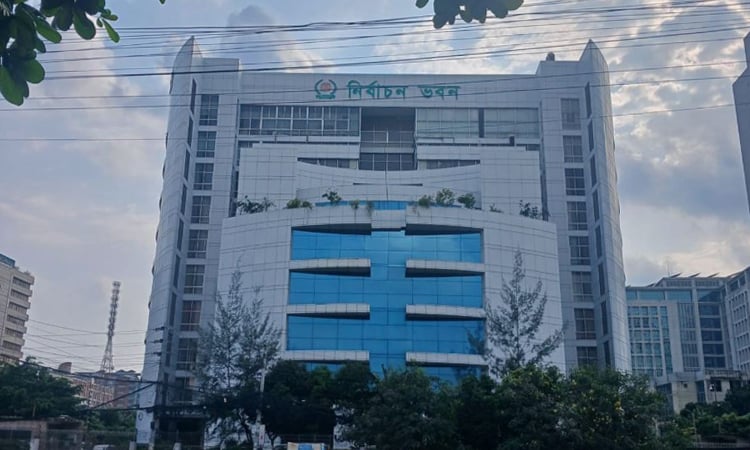
Moon Desk: The idyllic beauty of Pahalgam was shattered on April 22, 2025, when gunmen attacked tourists, killing 26 people. This assault was particularly significant, occurring as the Indian state actively promoted a narrative of peace and normalization in Kashmir following the abrogation of Article 370 in 2019. State-sponsored media and tourism campaigns cultivated a discourse of integration, economic renewal, and civil peace – a narrative brutally contradicted by the events in Pahalgam.While tourism is often presented as a symbol of peace in Kashmir, the reality is far more complex. Kashmir remains a landscape of clashing interests, power dynamics, and ongoing conflict. The Pahalgam attack wasn’t merely an act of violence; it was a deliberate disruption of a carefully constructed state narrative, a stark reminder that Kashmir’s tourist industry is deeply politicized.
Since 2019, the Indian government has heavily invested in marketing Kashmir as a premier tourist destination. Strategists employed influencers, filmmakers, and travel bloggers to portray a region of serene beauty, aiming to reintegrate Kashmir into the national mainstream. This strategy yielded record visitor numbers in 2022 and 2023, presented as evidence of progress. The reopening and promotion of pilgrimage routes like the Amarnath Yatra further reinforced this image of peace and cultural harmony.
However, this carefully curated picture masks a persistent reality of militarization and surveillance. Kashmiri residents experience daily life defined by checkpoints, curfews, and arbitrary arrests – a stark contrast to the idyllic scenes in travel brochures. This pervasive security presence extends beyond military installations, impacting even recreational areas. Armed forces have increasingly occupied spaces traditionally used for community gatherings and cultural expression in towns like Pahalgam, Gulmarg, and Sonmarg, eroding local cultural practices and creating psychological pressure on residents.
Crucially, insurgent groups target these symbols of normalcy not solely to inflict violence, but to dismantle the state’s illusion of stability. The Pahalgam attack served as a potent message: the facade of calm is unsustainable. The underlying tensions and conflict remain, and tourism, used as a tool to project peace, only exacerbates the existing fractures.
The consequences fall disproportionately on ordinary Kashmiris – small business owners, tour guides, and others whose livelihoods depend on a tourism industry now vulnerable and politicized. Each attack triggers increased security crackdowns, leading to more detentions, profiling, and harassment of innocent civilians. The resulting economic fallout – cancellations, business closures, and lost income – represents a devastating collateral damage, often dismissed in the pursuit of counter-militancy efforts.
This prolonged militarization is reshaping the socio-spatial fabric of Kashmir. Constant monitoring and restrictions erode social cohesion and create resentment towards these spaces. Furthermore, it casts doubt on the sustainability of tourism policies, failing to address the root causes of conflict that drive the violence. Tourists remain largely shielded from the realities of daily life for Kashmiris.
The vulnerability of the current tourism model was starkly demonstrated by the Pahalgam attack, revealing how easily the illusion of normalcy can be shattered when built on political expediency and superficial reconciliation. Peace requires justice, freedom, dignity, and respect for human rights – all of which remain elusive in Kashmir.
As long as state propaganda persists and tourism policies lack ethical foundations, destinations like Pahalgam will remain symbols of unrest and conflict, trapped within a cycle of political manipulation and rebellion.





